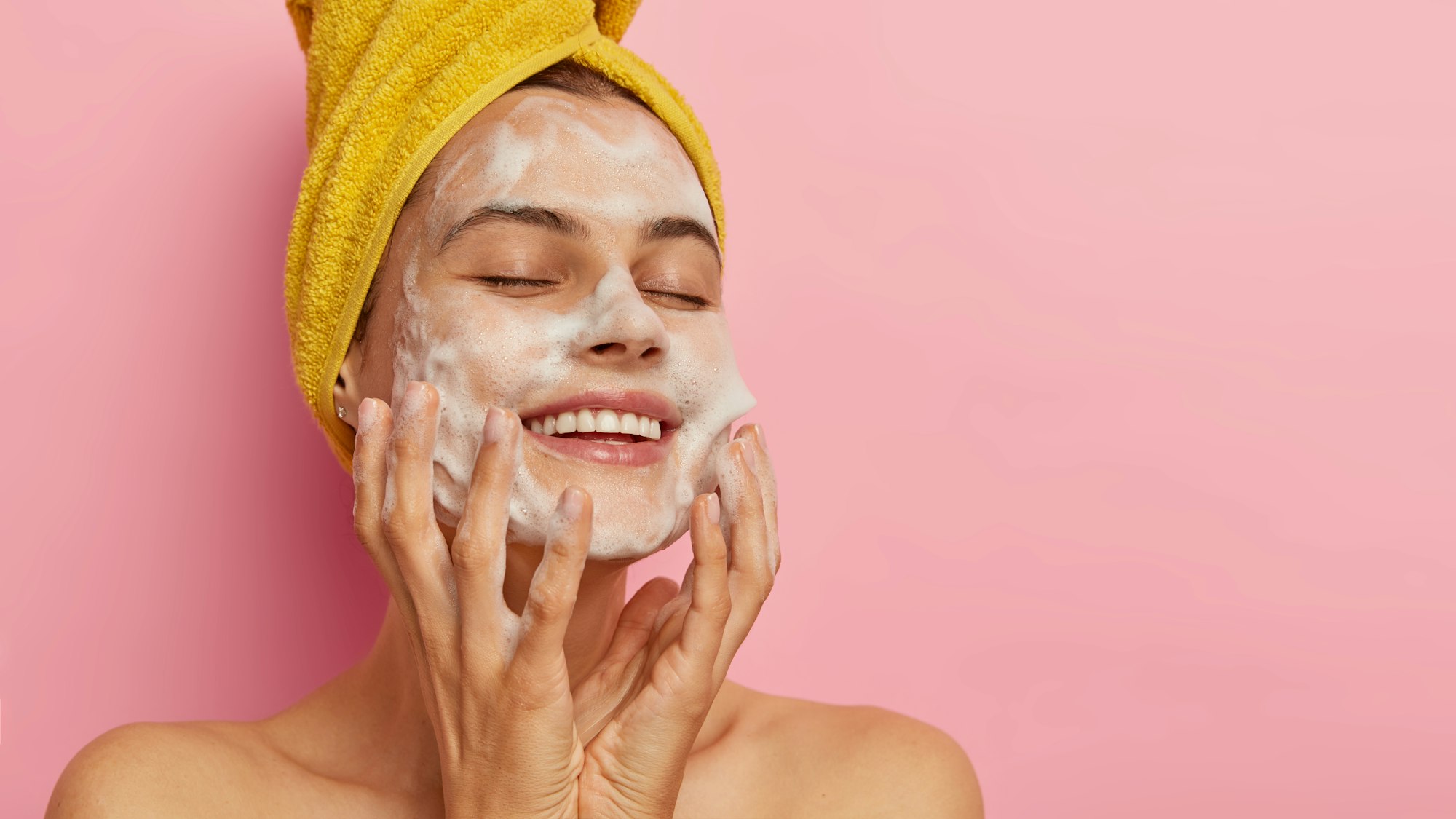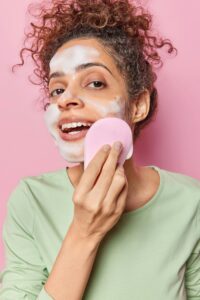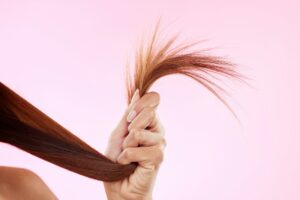Maintaining a clear, healthy complexion is a goal for many people, and one of the most essential steps in achieving this is properly washing your face. While it may seem like a simple task, there are several key factors to consider when cleansing your skin to prevent breakouts and promote a radiant glow. In this article, we’ll explore the best practices how to properly wash your face to prevent breakouts, the products to use, and the common mistakes to avoid.
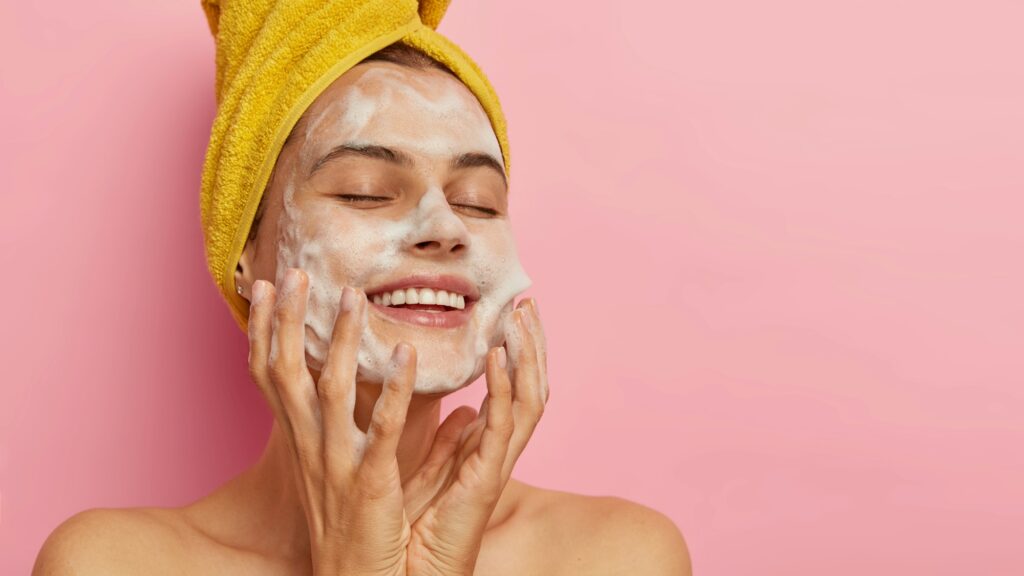
Understanding Your Skin Type
Before diving into the specifics of face washing, it’s crucial to understand your skin type. This knowledge will help you choose the right products and tailor your cleansing routine to your skin’s unique needs. There are five main skin types:
- Normal: Well-balanced, not too oily or dry
- Oily: Prone to shine, enlarged pores, and breakouts
- Dry: Flaky, tight, and prone to irritation
- Combination: Oily in the T-zone (forehead, nose, and chin) and dry or normal elsewhere
- Sensitive: Easily irritated, red, or itchy
Once you’ve identified your skin type, you can select cleansers and products that cater to your specific concerns.
Choosing the Right Cleanser
The foundation of a proper face-washing routine is selecting the appropriate cleanser. Look for a gentle, non-comedogenic (won’t clog pores) formula that suits your skin type. Here are some general guidelines:
- Oily skin: Opt for a foaming or gel cleanser that helps control excess oil and deeply cleanses pores.
- Dry skin: Choose a creamy, hydrating cleanser that won’t strip your skin of its natural oils.
- Combination skin: Look for a balancing cleanser that can address both oily and dry areas.
- Sensitive skin: Select a fragrance-free, hypoallergenic cleanser with soothing ingredients like aloe vera or chamomile.
Avoid harsh cleansers containing alcohol, sulfates, or abrasive exfoliants, as these can disrupt your skin’s natural barrier and lead to irritation and breakouts.
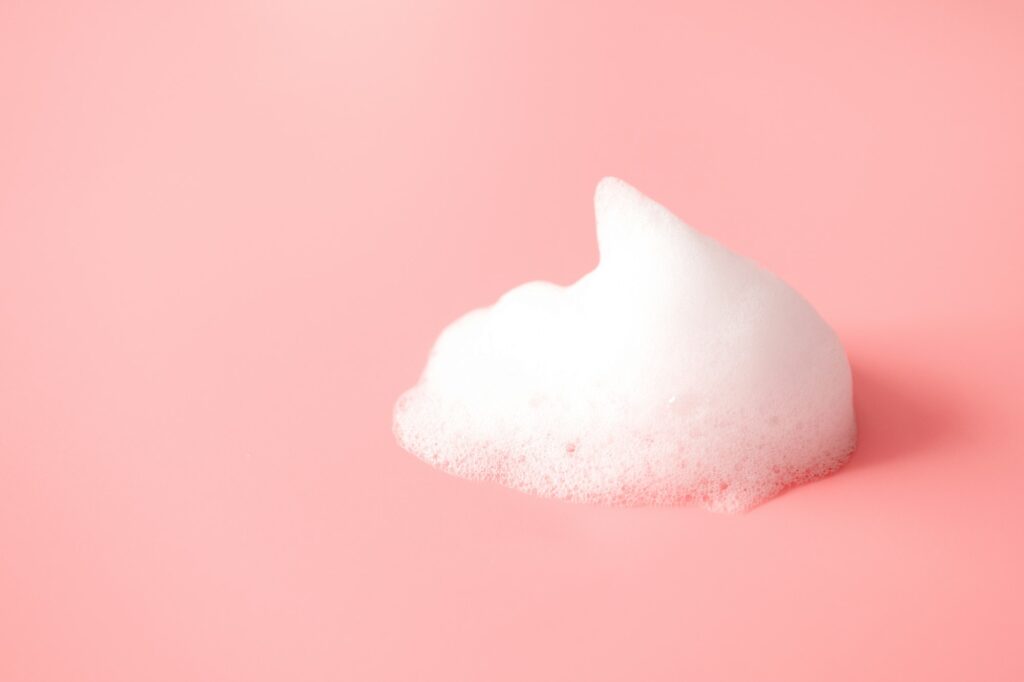
The Cleansing Process
Now that you have the right cleanser, it’s time to focus on the actual cleansing process. Follow these steps for optimal results:
- Start with clean hands to avoid transferring bacteria to your face.
- Wet your face with lukewarm water. Hot water can be drying and irritating.
- Apply a small amount of cleanser to your fingertips and gently massage it into your skin using circular motions. Be sure to cleanse your entire face, including your jawline and hairline.
- Rinse thoroughly with lukewarm water, ensuring all traces of cleanser are removed.
- Pat your skin dry with a clean, soft towel. Avoid rubbing, as this can cause irritation.
Double Cleansing
For those who wear heavy makeup or have particularly oily skin, double cleansing can be an effective way to ensure a thorough clean. This two-step process involves using an oil-based cleanser first to break down makeup, sunscreen, and excess sebum, followed by a water-based cleanser to remove any remaining impurities.
Exfoliation
Exfoliation is the process of removing dead skin cells from the surface of your skin, which can help unclog pores and prevent breakouts. However, it’s essential to exfoliate gently and not overdo it, as excessive exfoliation can lead to irritation and damage.
There are two main types of exfoliants:
- Physical exfoliants: These include scrubs, brushes, and sponges that manually remove dead skin cells.
- Chemical exfoliants: These include alpha-hydroxy acids (AHAs) and beta-hydroxy acids (BHAs) that dissolve the bonds between dead skin cells.
Incorporate exfoliation into your routine 1-2 times per week, depending on your skin’s tolerance. Be sure to follow up with a moisturizer to keep your skin hydrated and balanced.
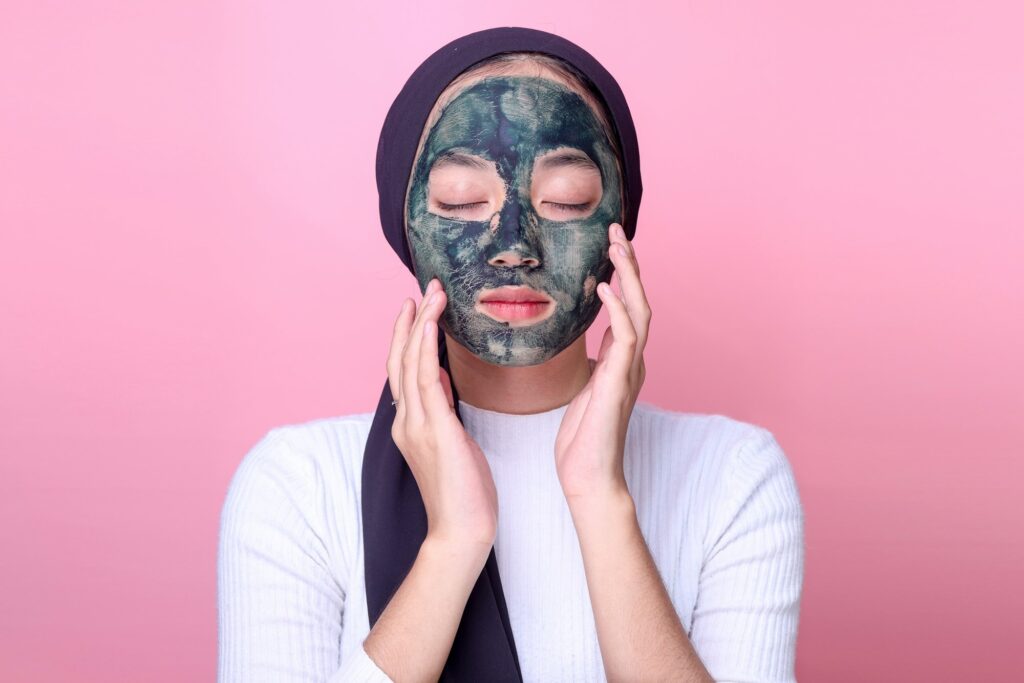
Timing and Frequency
The frequency of face washing depends on your skin type and lifestyle. As a general rule, most people should wash their face twice daily—once in the morning and once at night. However, if you have particularly dry or sensitive skin, you may opt to cleanse only at night and rinse with water in the morning.
It’s also important to wash your face after sweating heavily, such as after a workout or on a hot day. Sweat can mix with bacteria and oil on your skin, leading to clogged pores and breakouts.
Common Mistakes to Avoid
Even with the best intentions, there are several common mistakes people make when washing their face that can contribute to breakouts and irritation:
- Over-cleansing: Washing your face too frequently or using harsh cleansers can strip your skin of its natural oils, leading to dryness, irritation, and increased oil production.
- Using hot water: Hot water can be drying and irritating to the skin. Stick to lukewarm water for a gentle, effective cleanse.
- Scrubbing too hard: Aggressive scrubbing can damage your skin’s protective barrier and cause inflammation. Use gentle, circular motions when cleansing.
- Neglecting your neck and jawline: Remember to extend your cleansing routine to your neck and jawline, as these areas can also be prone to breakouts.
- Not rinsing thoroughly: Leaving cleanser residue on your skin can lead to irritation and clogged pores. Be sure to rinse your face completely.
The Importance of Moisturizing
After cleansing, it’s crucial to follow up with a moisturizer to keep your skin hydrated and balanced. Even oily skin types can benefit from a lightweight, non-comedogenic moisturizer. Look for ingredients like hyaluronic acid, ceramides, and niacinamide, which can help support your skin’s natural barrier and prevent moisture loss.
Lifestyle Factors
In addition to a proper face-washing routine, several lifestyle factors can impact the health and clarity of your skin:
- Diet: Consuming a balanced diet rich in fruits, vegetables, whole grains, and lean proteins can help support healthy skin from the inside out.
- Hydration: Drinking an adequate amount of water throughout the day helps keep your skin hydrated and can promote a clearer complexion.
- Sleep: Getting enough quality sleep allows your skin to repair and regenerate, reducing the likelihood of breakouts.
- Stress management: High levels of stress can trigger hormonal changes that contribute to acne. Incorporating stress-reducing activities like meditation, exercise, or hobbies can help promote clearer skin.
When to See a Dermatologist
If you’ve been following a consistent face-washing routine and still struggle with persistent breakouts or skin concerns, it may be time to consult a dermatologist. A skincare professional can help identify underlying causes, such as hormonal imbalances or specific skin conditions, and recommend targeted treatments to help clear your skin.
How to Properly Wash Your Face to Prevent Breakouts
Properly washing your face is a critical step in preventing breakouts and maintaining a healthy, radiant complexion. By understanding your skin type, selecting the right products, and following a gentle, consistent cleansing routine, you can help keep your skin clear and balanced. Remember to be patient and consistent, as it may take time to see the full benefits of your face-washing routine. With dedication and the right approach, you’ll be on your way to the clear, glowing skin you’ve always wanted.

